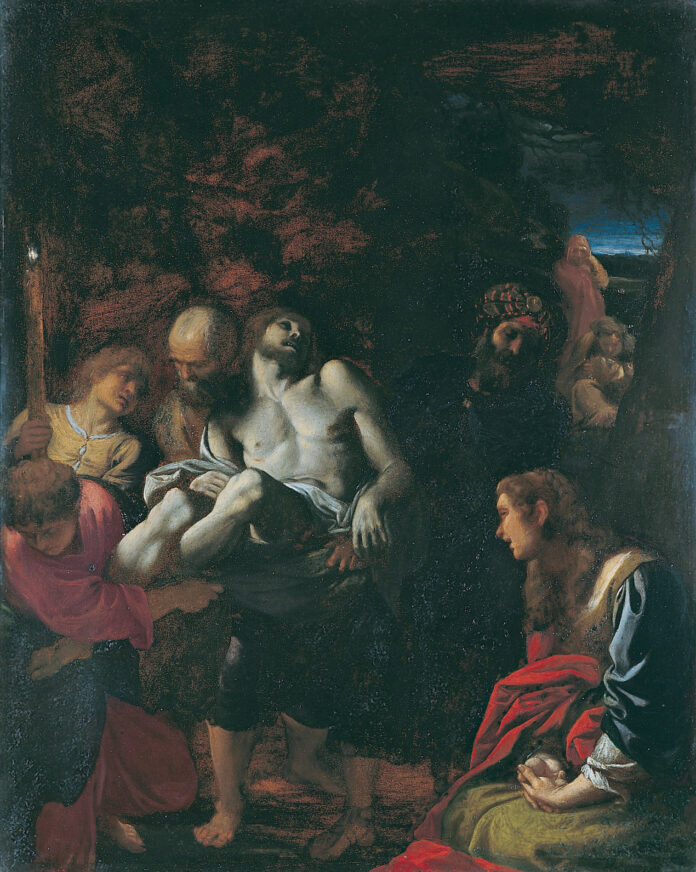
By Daniel Grant
Buying art and antiques is exciting, educational, and fun, but it can also make people nervous. Will I be embarrassed if my tastes change in a few years? Will interest in, and prices for, this artist’s work diminish? Can I trust my dealers to know what they are talking about, or is this all salesmanship? Making this realm seem even more perilous is the fact that the collectibles trade is still, in large part, a handshake industry that requires a high degree of trust — in yourself, in the advice offered to you, and in the market (now and in the future).
Naturally, the sheer monetary value of the art and antiques trade has fostered a growing number of lawsuits and legislation. As a result, the market is increasingly being regulated through the courts and government agencies. Consumers should be aware of their rights and their ability to negotiate better deals for themselves.
The Real Deal
A key legal provision is that an object has to be what the dealer says it is — known as the warranty of authenticity. Fakes and forgeries, as well as objects that are misattributed (for instance, a “Rembrandt” painting that was actually created by someone in the “Circle of Rembrandt”), must be taken back and fully refunded by the dealer if the sale was based on the item being authentic. But there is no warranty if the dealer just hazarded a guess or opinion on the attribution — only if it was stated as fact.
The costs of proving an artwork is correctly attributed to a specific artist falls on the seller. But even when dealing with an ethical seller, prospective buyers should purchase with care. They should request a written agreement (not just a receipt) that stipulates some or all of the following: the transfer of ownership; all known provenance (the item’s history of ownership); an assertion that title to this work is unencumbered (no bank liens or questions about its having been stolen); a condition report (especially for items over 100 years old); a statement by an authentication or catalogue raisonné committee (if one exists) that the artwork is officially recognized as part of an artist’s body of work or, lacking that, testimonials by experts that it was created by that artist. If there is scientific or even AI-generated information that helps make the case, ensure it is included.
The purchase agreement should also contain a rescission clause that obligates the seller to take the artwork back and return the buyer’s money if it is later found to be stolen, a forgery, or otherwise misattributed. The seller should warrant that the work “is authentic and that all information in the seller’s possession about the work, including any prior third-party authenticity opinions,” was turned over to the buyer, according to Megan Noh, a partner in the New York law firm Pryor Cashman LLP.

Under the Uniform Commercial Code (UCC), the body of law covering transactions in all 50 states, there is an express warranty of four years in which a buyer may go back to the seller for a refund. Noh warns, however, that “there is no evidentiary standard under the UCC,” which means a decision as to authenticity will likely have to be argued in court through dueling experts. Christie’s and Sotheby’s have increased the length of time buyers can return a work to five years, although you should expect some negotiation about who the testifying experts will be. Accepting the return of a misattributed work has become standard practice among dealers, except where there is a dispute over what the dealer actually said about the object or a disagreement over its authenticity. Then the problem may have to be resolved in court.
Lawsuits occasionally have been filed when auction houses misattribute works consigned to them. However, their attributions need not be wholly accurate if they were made in good faith. A legally protected mistake occurred in 1998 when EST, Inc., a Pennsylvania firm that buys and sells art internationally, brought a 17th-century painting titled “The Burial of Christ” to Christie’s New York. In their sale catalogue, the auctioneers attributed it to Sisto Badalocchio (1585–1620?), a pupil of the renowned Bolognese master Annibale Carracci. After the sale, which brought $12,000, EST discovered that it was painted by Carracci himself, which would have increased its worth to $300,000. (It was purchased from the sale by the Metropolitan Museum of Art in New York.) EST’s lawsuit against Christie’s was dismissed by the courts in 2001.
“The only way Christie’s could be liable was if it had been grossly negligent in its attribution,” says Ralph E. Lerner, Manhattan attorney and co-author (with Judith Bresler) of a bestselling book on art law. “For instance, if the work was signed by the artist, and they said it was by someone else.” Joshua Kaufman, a lawyer in Washington, D.C., notes that an expert’s opinion — even when wrong — is protected as long as “there was no intention to defraud, no bad faith, or no conflict of interest.” He continues, “You won’t get a good faith opinion if good faith opinions aren’t protected.”
Continue reading in Fine Art Connoisseur Magazine, July/August 2023.
View contemporary artist and collector profiles here at FineArtConnoisseur.com.





